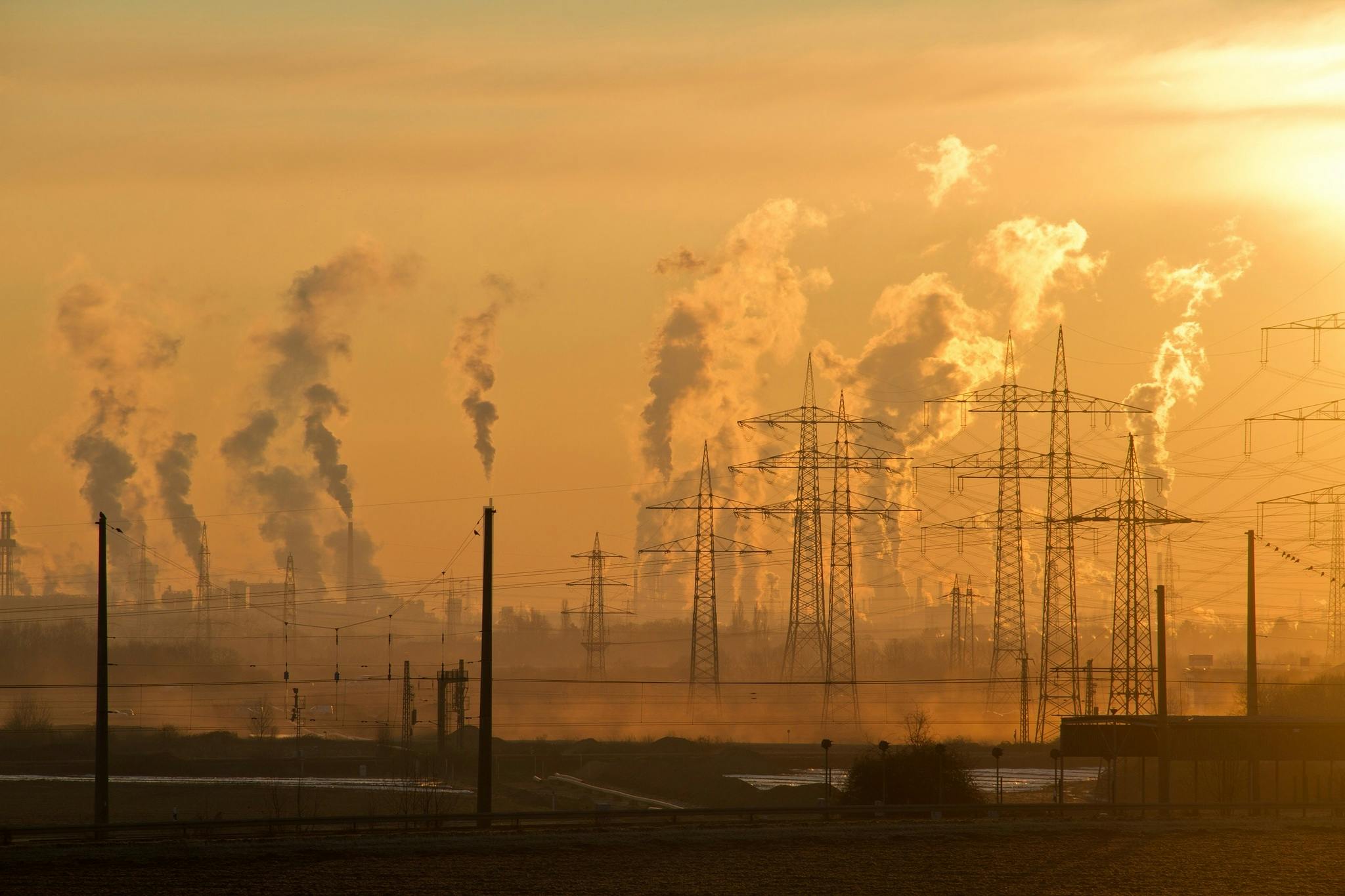The Inside Word

Climate Wars – an inconvenient truth
An Inconvenient Truth was a documentary produced by former US Vice President Al Gore in 2006. In 2007, he was jointly awarded the Nobel Peace Prize (along with the Intergovernmental Panel on Climate Change) for ‘highlighting the link they see between the risk of accelerating climate change and the risk of violent conflict and wars’. In many ways, Al Gore fired the starter gun on the global need to decarbonise.
Prior to his environmental cause célèbre fame, Al Gore ran for the US presidency in 2000. While he won the popular vote, he lost to George W. Bush in a controversial recount in the state of Florida. Gore took the defeat graciously, the antithesis of Donald Trump in the 2020 US Presidential election.
Fast forward to 2024 and the climate wars are heating up again in the United States and Australia, with renewables colliding with fossil fuels. Mixed into Australia’s political debate are runaway cost-of-living pressures, a faltering manufacturing sector and the potential panacea of a nuclear future.
Since Al Gore’s An Inconvenient Truth, trillions of dollars have poured into the renewable energy sector as the world moves to decarbonise and reduce its dependence on fossil fuels.
While this is a noble objective, it’s a long way from reality with 82 per cent of the world’s energy still being provided by fossil fuels.
In Australia, the climate wars have featured in the past seven elections, taking the scalps of former Prime Ministers John Howard, Kevin Rudd, Julia Gillard, Tony Abbott, Malcolm Turnbull and, most recently, Scott Morrison in the 2022 election.
It appears the battleground of the next Federal election – due by May 2025 – will again be fought on the contentious issue of climate targets and renewables.
This issue bedevils all governments, and the politics, economics and sheer engineering and science of the energy transition vexes political parties and policies from left to right.
Everyone’s asking the same big questions: How do we addresses emission reductions and our international commitments to meet 43 per cent by 2030, while balancing the rising cost of living for all Australians and the existential threat to our industrial manufacturing sector?
Likewise, how do we build long-term market certainty for the major energy-market participants so they invest hundreds of millions of dollars in capital for the energy transition?
While the ALP and LNP both signed off on a long-term target of net zero by 2050, it’s the short term where the sharp differences are appearing.
In the Albanese/Bowen camp, the Government’s ambitious target to reach 82 per cent renewables in the electricity sector by 2030 is looking increasingly unachievable. Planning approvals, construction delays and growing opposition to renewables – particularly onshore and offshore windfarms – let alone transmissions lines, is making the 2030 target impossible.
State Governments with primary responsibility for energy supply are scrambling to cut deals to extend the life of coal-powered plants that would prove crucial if the renewable energy transition falters.
One thing is certain: Failing to keep the lights on or to reduce runaway power prices is a sure-fire way to get thrown out of government. No wonder Federal Treasurer Jim Chalmers and Queensland Treasurer Cameron Dick are trying to keep the punters happy by offering $300 and $1000 rebates, respectively, to all Queensland households.
But the crux of this story is the decision by Opposition Leader Peter Dutton to take a different path. He’s adopted the politically high-risk strategy of not backing the emission reduction targets or setting his own until after the next election.
Dutton’s view is that the emission reduction target is aggressive and unrealistic and will put the economy at risk, leading to higher prices and unreliable energy supply, thus making Australian industry and households worse off.
This is a classic ‘wedge issue’ strategy. By highlighting a major policy difference, the Opposition is directly taking on the Government’s energy transition plan and the sacred cow of renewables and emissions, versus the LNP’s pragmatism and popularism.
With current polling showing 50/50 on a two-party-preferred vote, the stakes are very high for every party – Labour, Liberal, Nationals, Greens and Teals.
Going into the 2025 election, the ALP is locked in with Chris Bowen’s energy plan – it’s their raison d’etre. However, the Greens are concerned Labour’s 2032 target is not good enough, and is particularly hostile toward the Government’s support for the gas industry.
Labour MPs in inner cities will be uncomfortably wedged between defending their party’s 82 per cent electricity renewables target, compounded by rising cost-of-living challenges (including energy costs) and aggressive Greens candidates saying Labour’s not going far enough.
Moderate Liberal Party MPs holding urban seats in Sydney and Melbourne worry they’ll be caught in the crossfire of the climate wars. They haven’t forgotten the impact of the Teals and the Climate 200 campaign in the 2022 election and don’t want to suffer a similar fate. The prospects of success for Liberal candidates running on the Coalition’s policy in Teal seats are ominous.
The flip side for the Liberal Party is that regional seats and working-class, outer-metro seats – made up of blue-collar workers, tradies and small businesses – will be far more sympathetic to Peter Dutton’s pragmatic policy of keeping energy cost down and slowing energy transition between now and 2050.
To be fair, this plan also includes nuclear as a zero-emission alternative but it’s still a long way off.
If history repeats itself, this will be the eighth election fought on climate change, certainly an inconvenient truth for both Peter Dutton and Anthony Albanese
The most likely outcome is a hung parliament with the Albanese Government forced to deal with the Greens and/or the Teals. On thing’s for sure: There will be no Noble Peace Prize for whoever wins the election.


